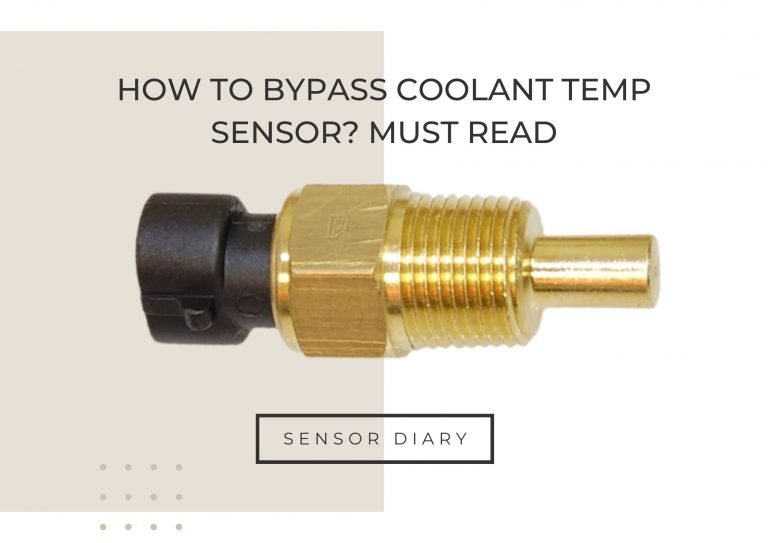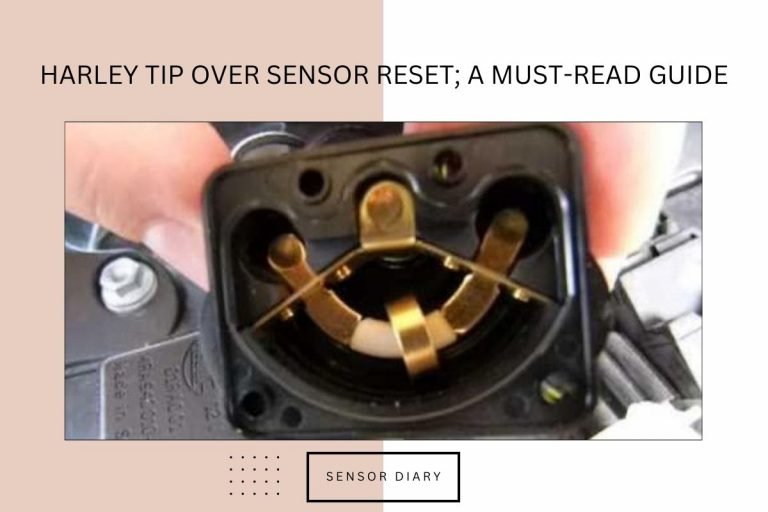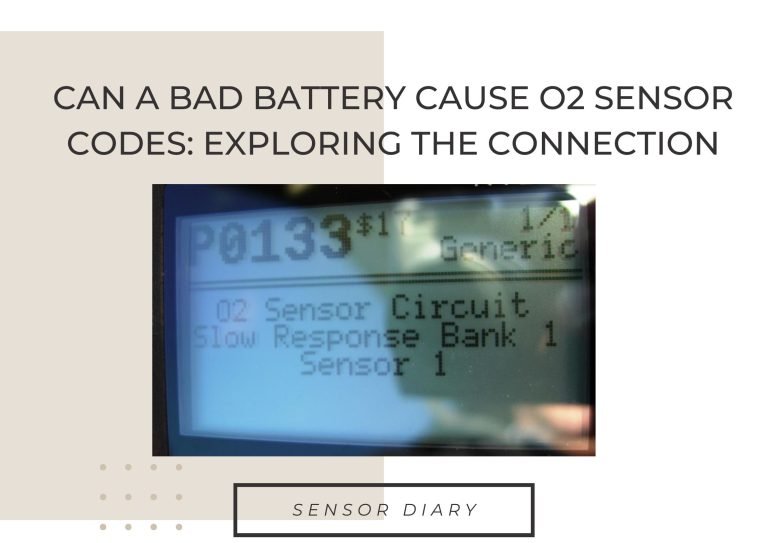How To Trick A Knock Sensor?
The knock sensor sends a signal to the ECU after detecting the high-frequency engine vibrations that are indicative of knocking. By starting the ignition as soon as possible, the goal is to produce the most energy possible. Engines with knock sensors can use less fuel and produce more torque.
In this article, you will learn,
- How to trick a knock sensor
- Advantages and Disadvantages of tricking a knock sensor,
- And more.
So sick around until the end to find out what you’ve been looking for, and welcome to Sensor Diary.
What really is an engine knock?
When fuel burns in your engine’s cylinders unevenly, knocking results. Fuel will burn in controlled pockets rather than all at once in cylinders with the right ratio of air to fuel. Think of sparklers rather than fireworks.
Each time a pocket burns, a small shock is produced, which ignites the following pocket and keeps the cycle going.
When fuel burns unevenly and those shocks activate at the wrong time, engine knocking occurs. The outcome? An obtrusive noise and potential cylinder wall and piston damage to your engine.
How long can an engine run with knock?
The rod can suddenly fracture once an engine begins to knock. It might continue for six months or until you start it again in your driveway. But eventually, the engine will fail, leaving you stranded.

How does a knock sensor work?
As soon as the knock sensor detects the engine noises and knocks, it begins to work. The noise, which is typically not audible in the engine, is simply picked up by the sensor. The low-frequency reverberations occur between 6 and 8 kHz.
These small reverberations are produced by the resonating plates inside the knock sensor. This is then transmitted to the sensor’s piezoelectric crystalline component. A small voltage is produced as soon as the element receives this signal, or as they refer to it, the shock wave, and it simply goes to the electronic control unit of any vehicle.
Where is a Knock Sensor Located?
Although a knock sensor is frequently found directly attached to the engine block’s exterior, it can also occasionally be found tucked away beneath the intake manifold.
Should you need a knock sensor in your vehicle?
Knock sensors are essential to the operation of your car because they guard against engine damage brought on by excessive air pressure brought on by the aforementioned air and fuel mixture. Your car will malfunction if the engine sustains significant damage.
What happens when a knock sensor goes bad?
The knock sensor detects engine vibrations and will reduce acceleration until it is replaced. Because the engine may run hot with a bad sensor, there is a possibility that the emissions will be higher.
Harley Speed Sensor Symptoms; Must Read.
Sensor Diary
How To Trick A Knock Sensor?
- I used an alligator clip for the wire leading to the knock sensor so I could remove it quickly once I was finished I got the wire colors mixed up; ignore them).
- Therefore, the first thing you must do is purchase one or two piezoelectric sensors from Radio Shack. Their item number is 273-073, and I believe they cost somewhere between $3 and $4.
- They should be close to the buzzers section. I acquired 2.Now you must connect them in a series circuit, which entails lining them up left to right as shown. Skip this section if you’re only using one.
- The negative now travels to a ground source, and I decide to connect it directly to the battery (note the color of my wires were mixed up so my red is ground and my black is power)
- I chose the actual sensor, cut a small hole in the wire, and attached my alligator clip there before connecting the other end to the knock sensor input.
- The sensors should then be taped to the fuel rail or another location with strong vibrations.
- Ensure that all connections are soldered or electrically taped. then you’re ready to go!
What can set off a knock sensor?
The engine’s spark knock, also known as abnormal combustion, is discovered by the knock sensor. Low octane fuel, excessively advanced ignition timing, abnormally high operating engine temperatures, and carbon buildup inside the combustion chambers of an engine are some of the common causes of spark knock.
What happens if you unplug a knock sensor?
You won’t get any direct information if you disconnect it. If there is a genuine knock issue, you risk causing engine damage. Second, if there is a problem with the knock sensor itself, you will probably receive a P0325 trouble code, which refers to a circuit problem. Oct 13, 2018
Can you drive without a knock sensor?
YES. Your car would still be able to start even if the knock sensor was completely missing. Even though you can drive with a damaged knock sensor, it won’t pass the majority of state inspections until it is fixed and may have long-term negative effects on your engine if there is a lot of pre-ignition.
The engine will use the standard advance curve in accordance with the operating mode when the knock sensor is inoperative, which results in no signal being fed to the engine computer. Off-idle conditions may result in nothing happening, but full power acceleration may result in engine damage.
How much does it cost to repair/replace the knock sensor?
Replacement knock sensors typically cost between $303 and $392. Between $190 and $239 is the estimated cost of labor, and between $113 and $153 is the estimated cost of parts. Taxes and other fees are not included in this range, nor are your particular vehicle or geographic location taken into account. There might be additional repairs required.
Is a knock sensor worth replacing?
It is crucial that you replace the knock sensor when it malfunctions. This is due to the fact that operating your motor while it has a damaged knock sensor is dangerous and, in some circumstances, could prevent you from discovering a catastrophic engine failure in time.
Some related FAQs.
How long do knock sensors last?
The knock sensor is typically durable enough to last for more than 150,000 miles.






